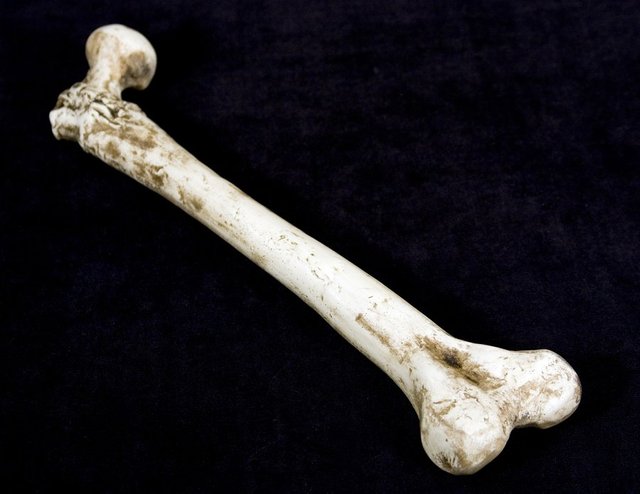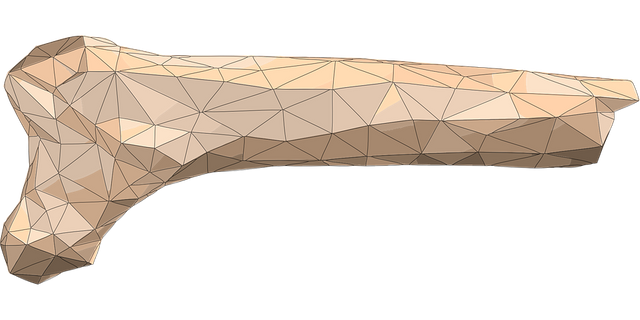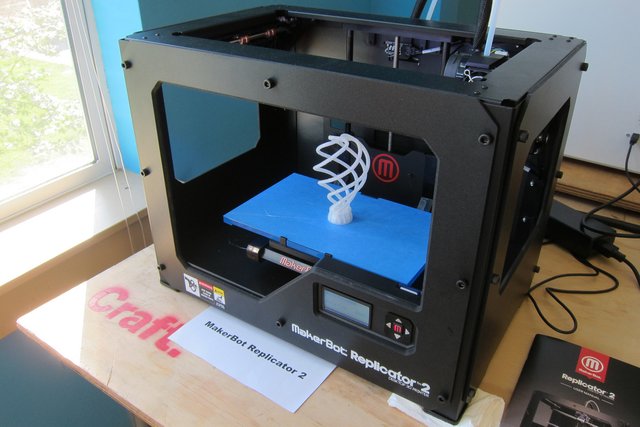Rethinking bone using 3-D printers
For decades bone transplants have been a fairly complicated procedure. Taking bone from another part of the body, re sculpting it, and putting it in a new, needed location was how it was done for the longest time, but that may be changing.

Ever since modern medicine, people have been trying to better medical science by increasing success rates and having all around better results. For some areas though there is only so much that can be done. One of those areas is in bone transplants. Before doctors would take bone from another part of the body and put it where it was needed, or a metal implant would be installed. This worked but raised several problems. With children and people that were still growing, an metal implant was temporary because the person would out grow it leading to more surgery. When it came to taking bone from another part of the body, it would result in pain later on. Both procedures needed to have some sort of overhaul.
At Northwestern University a new technology was created to improve the bone transplant process. Ramille N. Shah a research team leader, and her team looked into the issue and found a solution. The team decided to 3-D print bone implants using a bio-material which was a mix of hydroxyapatite which is a calcium mineral that is found in human bone, and a biodegradable polymer.
The material that the team used to print new bone was already proven to encourage bone growth, and had many advantages over metal. They material is porous yet sturdy, but unfortunately it is fairly brittle. The team fixed the brittle aspect by changing the proportions to 90% hydroxyapatite and 10% polymer giving it high elasticity but retaining its rigid shape like normal bone.

When an implant is put into a new body, the existing cells, detect the bio-material in the 3-D printed bone and actually respond to that by growing. If stem cells are added to this, they will actually turn into bone.
Even better, the "ink" that is used to print the bone, can have other things added to it such as antibiotics to prevent infection, and if needed other additives to do any number of tasks. But perhaps the most important part is that the implants can be customized to a patients needs, and be made and ready while the patient is waiting for the surgery to begin.
Not only is this material versatile, it also cuts down on the pain one experiences in the traditional procedure. Hopefully this new innovative technology will be used in the future and make 3-D printers common in the medical world.

Sources:
img05.deviantart.net/f9f8/i/2011/058/9/d/human_bone_by_skullsdirect-d3ajdtx.jpg
pixabay.com/static/uploads/photo/2015/10/08/16/29/bone-978054_960_720.png
c2.staticflickr.com/6/5519/9427623943_cfb9789a0d_b.jpg
Could you please provide the references to the news?
It is a very good practice to add a complete list of references that will allow your followers and readers to find more information, in addition for being a fair way to cite your sources.
Thanks in advance for your understanding!
hihi suggest that you can tag #3dprinting at the end of the text